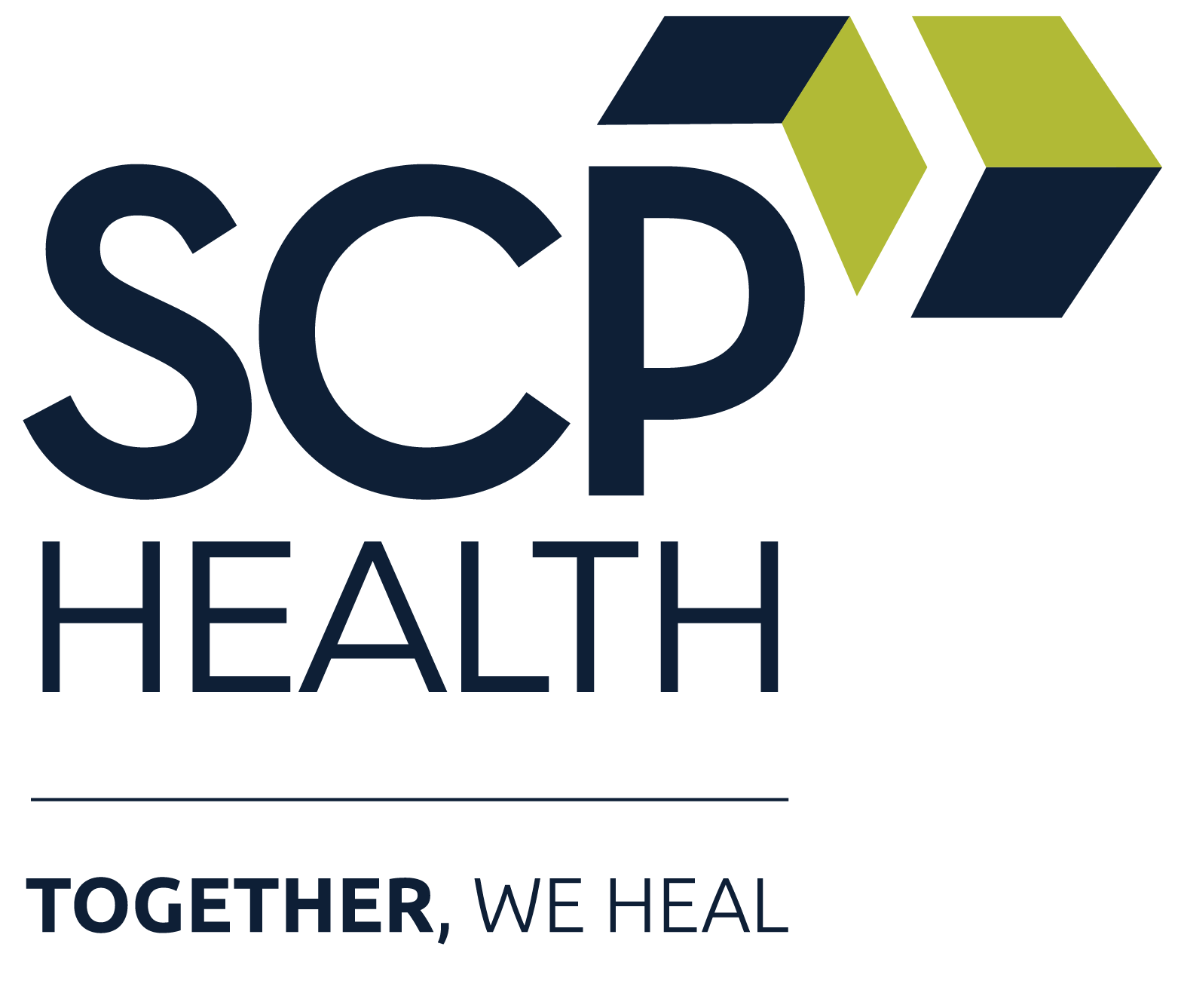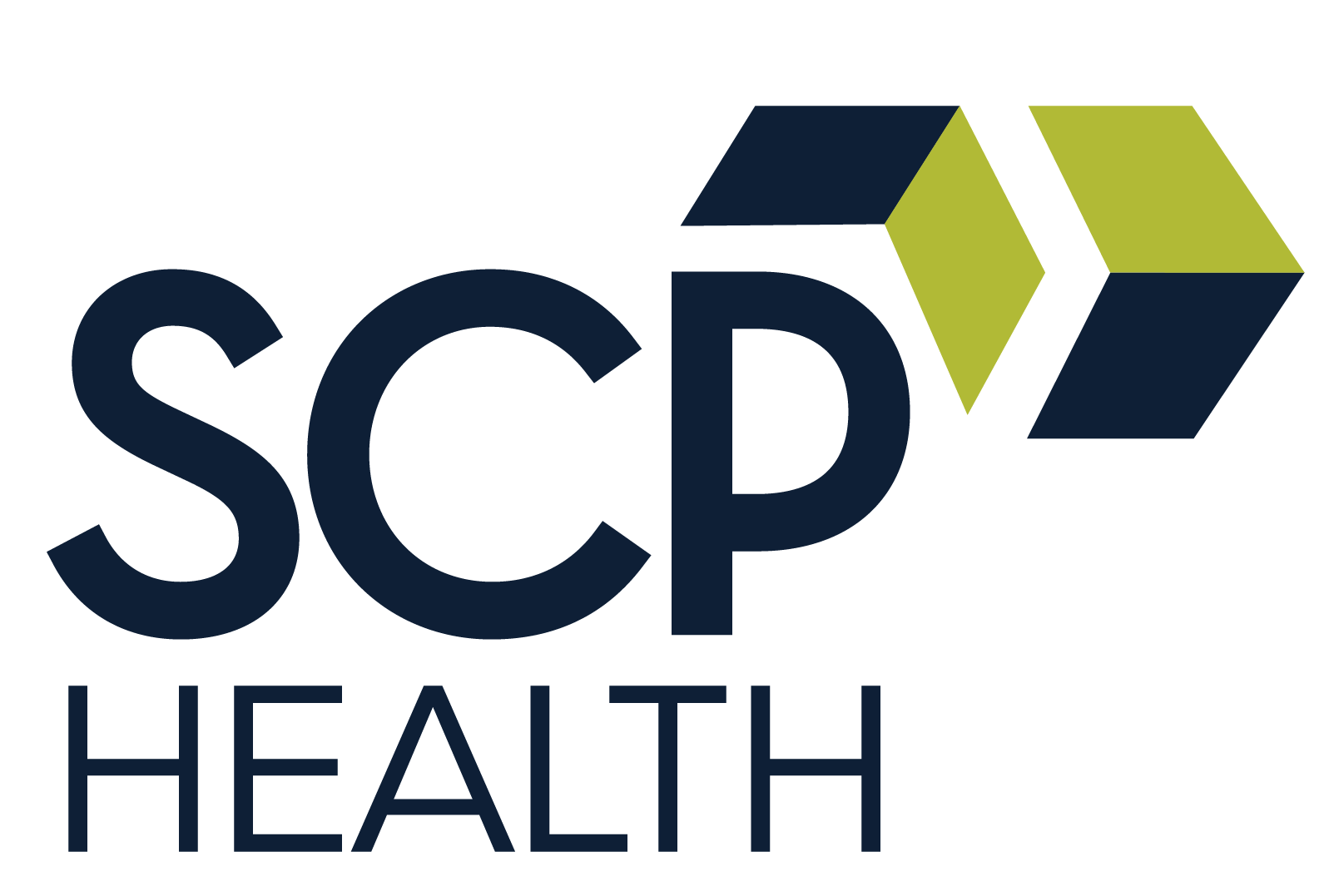From the Office of Medical Affairs
By Brian Dawson, MD, MBA, FACEP, Division Medical Officer – Emergency Medicine
“Your work is to discover your work and then with all your heart give yourself to it” – Buddha.
I love collecting quotes as they are a way to distill wisdom and larger concepts into a few words. Some of the quotes in my collection come from an unexpected source – Pals, a fast-food restaurant in Eastern Tennessee. Outside of its fast food, Pals is also a leadership training organization for teenagers and young adults, and a Malcolm Baldridge Quality Award winner, the first business in the restaurant industry to ever receive that recognition. Every day, Pals advertises their fast food on one side of a billboard, and on the other, they share wisdom distilled into small quotes that I frequently collect.
One particularly relevant message is, “Grass grows better where it is watered.” In leadership terms, teams thrive when leadership invests in their health and development. But how do we do that? How can we connect our teams back to this work they love?
We know that an excellent way to strengthen that connection is to share positive patient quotes with the clinicians who received them, their leaders, and their coworkers. The voice of the patients we serve is very engaging, empowering, and impactful. But outside of that, how do we engage our teams in health care?
From my experiences with health care leaders across the country, here are three powerful engagement strategies.
1. Acknowledge your team's impact and tell their loved ones.
“The family is the first essential cell of human society” – Pope John XXIII
The handwritten note is a powerful tool to show appreciation and engage your team, but there’s an even more impactful approach. Instead of sending your note to the clinician you recognize and who is on your team, please take a few extra minutes to discover their family members, spouse, and children’s names. Then you address your note to the family and tell them about this team member’s impact on you, the patients they serve, and how they matter and make a difference.
These are the types of notes one might save for a lifetime. I have been the recipient of such recognition and it remains one of the most engaging and impactful things a leader has done for me or my family.
Sharing why I matter at work with my loved ones means I am seen, I am appreciated, and I matter. My loved ones now know that I matter and have an impact outside of my home. I believe this is so powerful because it connects our “purpose” for working with those we care about most deeply: our families.
2. Eat with your team.
“Food, in the end, in our own tradition, is something holy. It’s not about nutrients and calories. It’s about sharing. It’s about honesty. It’s about identity.” – Fresco.
Many leadership books tell us about the power of sharing a meal with others, but I’m surprised by how easily we overlook the power of breaking bread together. Think of important family events, cultural events, holidays, and life events. Almost all of them, across cultures, and times revolve around a shared meal or food.
Many successful health care leaders speak of the power of the simple Taco Tuesday night, potluck at work, coffee fellowships, or dinner in their homes with their teams. When you share a meal, you share more than food. You share your story. You share your unique self, binding yourself more closely to your guests. Creating these spaces for your teams should be an intentional priority.
3. The basics of 3S: Sort, sweep, standardize.
“Great things are done by a series of small things brought together.” – Van Gogh
At the risk of making an unusual connection, there’s value in combining Lean management concepts with team engagement in health care. Effective leaders recognize the importance of solving problems and taking care of their teams.
When discussing leadership qualities, concepts like trust, responsiveness, follow-up, and effectiveness consistently emerge as important. Consider the practical example of having basic supplies available in each room, whether an otoscope, sutures or a functioning light. What message do we send our patients when the trash is overflowing, lights don’t work, and equipment is scattered around the department? What impression do we create when we ignore family members in the hallways or phones ringing unanswered?
While none of these issues alone indicate team dysfunction, collectively, they often signal a dysfunctional and disengaged team.
When we take the time as leaders to address a multitude of basic problems in our environments on behalf of our teams, we create a level of trust, engagement, and care that would not otherwise exist. We create the reality we will work in tomorrow by our actions as leaders today.
Our teams will be more engaged when we are more engaged. The concepts of the 3S of sort, sweep, and standardize summarize much of this basic leadership work. Creating order, signaling that order, and making it easy to distinguish between correct and incorrect practices is the leader’s job. When we embrace that as a continuous practice, our teams naturally become more engaged.
Looking forward
I challenge health care leaders to set goals today around these three engagement activities: Acknowledge your teams, create opportunities to know them better, and demonstrate care through attention to the small details that make their work flow smoothly.
By implementing these practices, you and your teams will likely find yourselves more engaged and connected to your purpose. After all, as Peter Drucker wisely said, “The best way to predict the future is to create it.”






